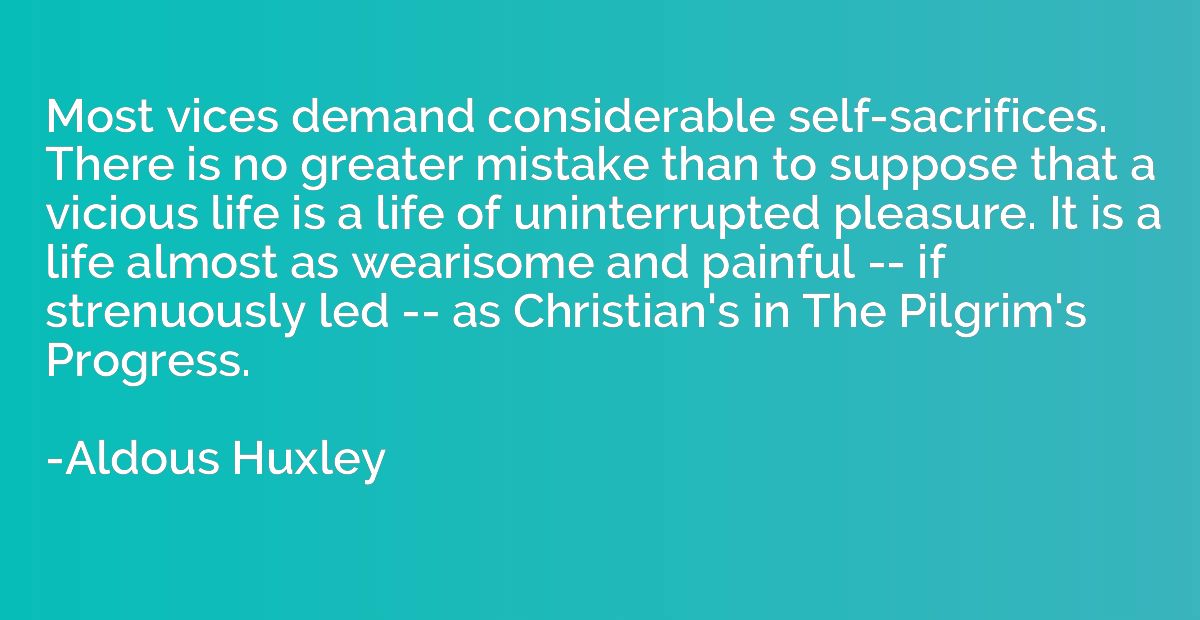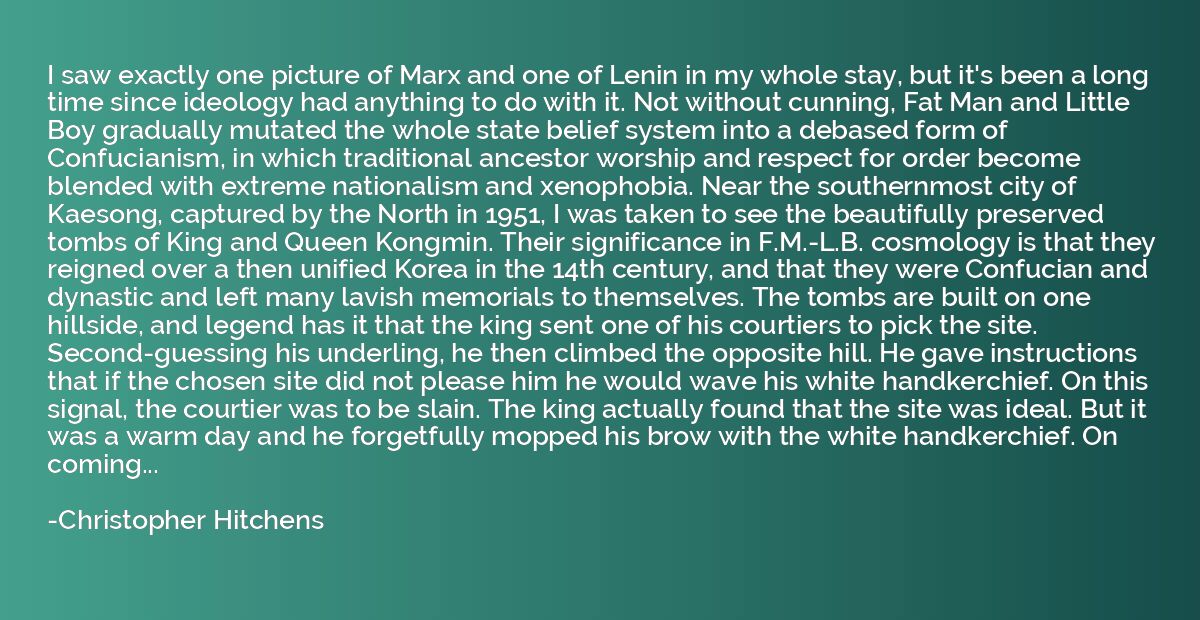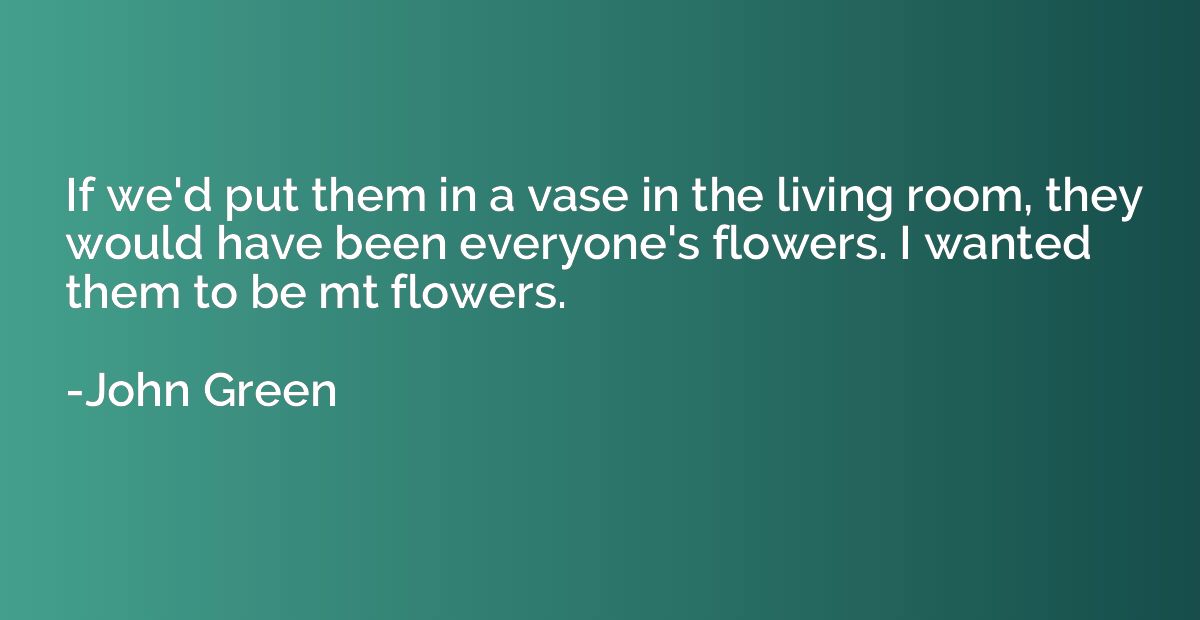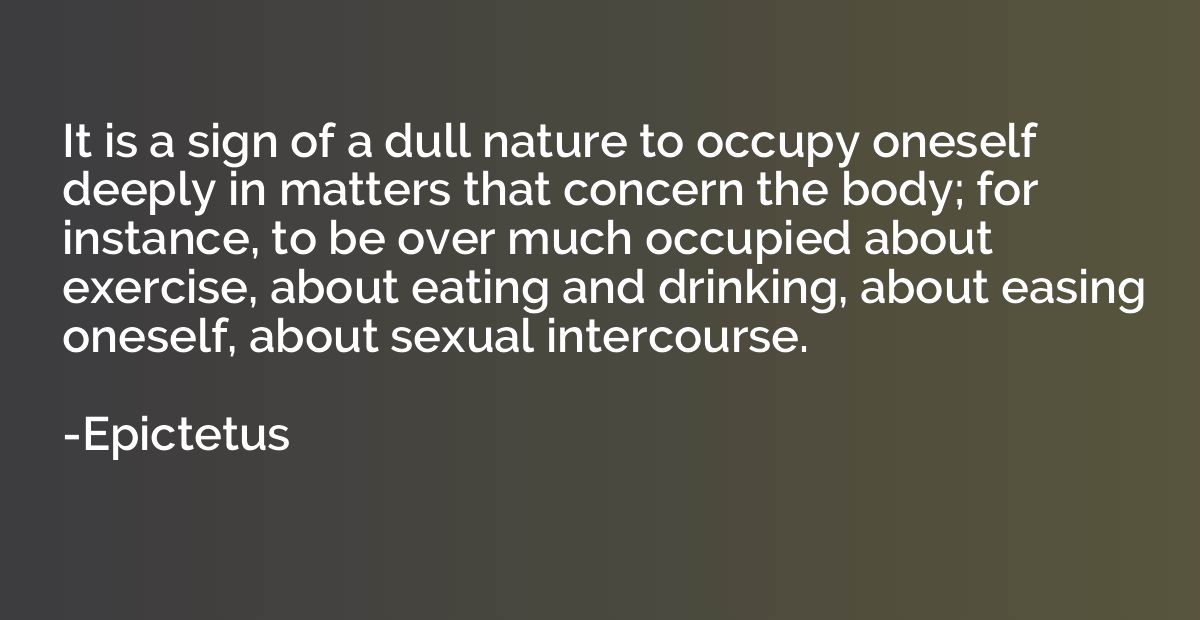Quote by Paul Cezanne, Letter to Emile Be
May I repeat what I told you here: treat nature by means of the cylinder, the sphere, the cone, everything brought into proper perspective so that each side of an object or a plane is directed towards a central point. Lines parallel to the horizon give breadth... lines perpendicular to this horizon give depth. But nature for us men is more depth than surface, whence the need to introduce into our light vibrations, represented by the reds and yellows, a sufficient amount of blueness to give the feel of air.
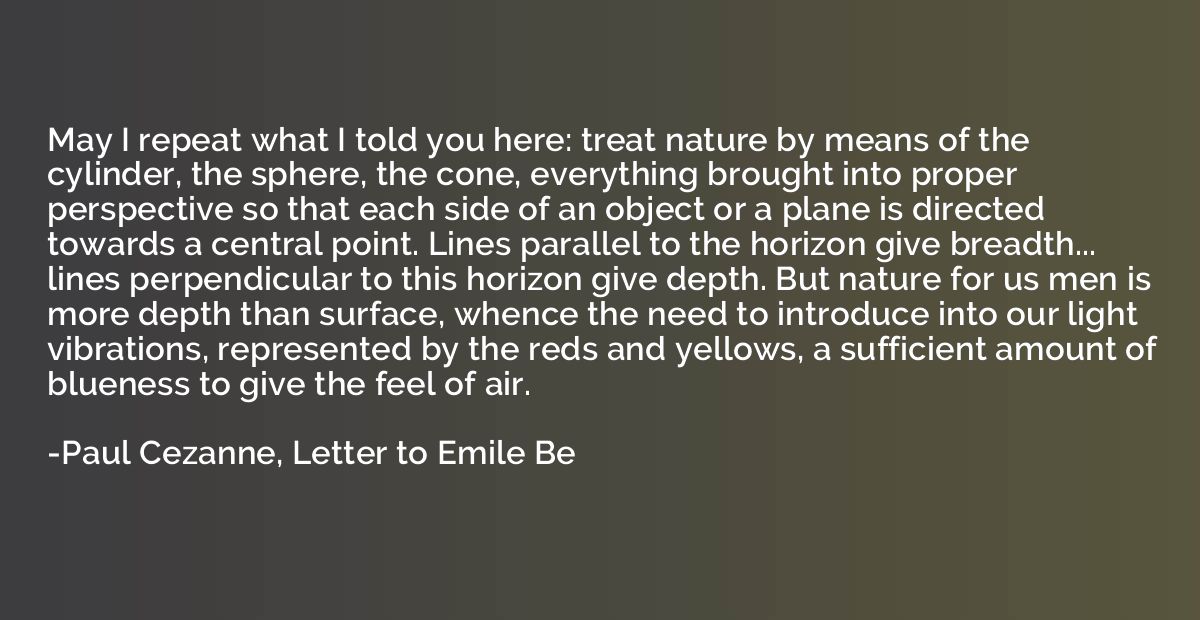
Summary
In this quote, the speaker emphasizes the importance of capturing the essence and depth of nature through artistic representation. They suggest using shapes like cylinders, spheres, and cones to provide perspective and ensure that every side of an object or plane is directed towards a central point. By employing parallel lines to the horizon, breadth can be achieved, while perpendicular lines offer depth. Furthermore, the quote highlights that nature encompasses more than just surface, requiring the inclusion of blue tones to create the impression of air. Overall, the quote emphasizes the artist's mission to depict the multi-dimensional aspects of nature accurately.




